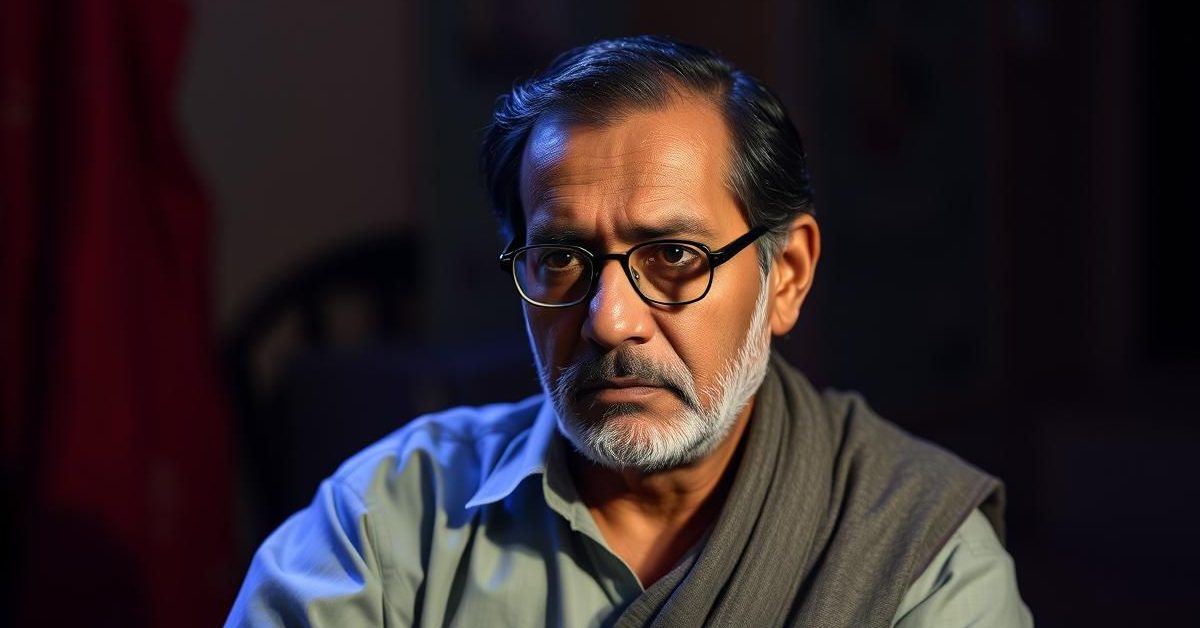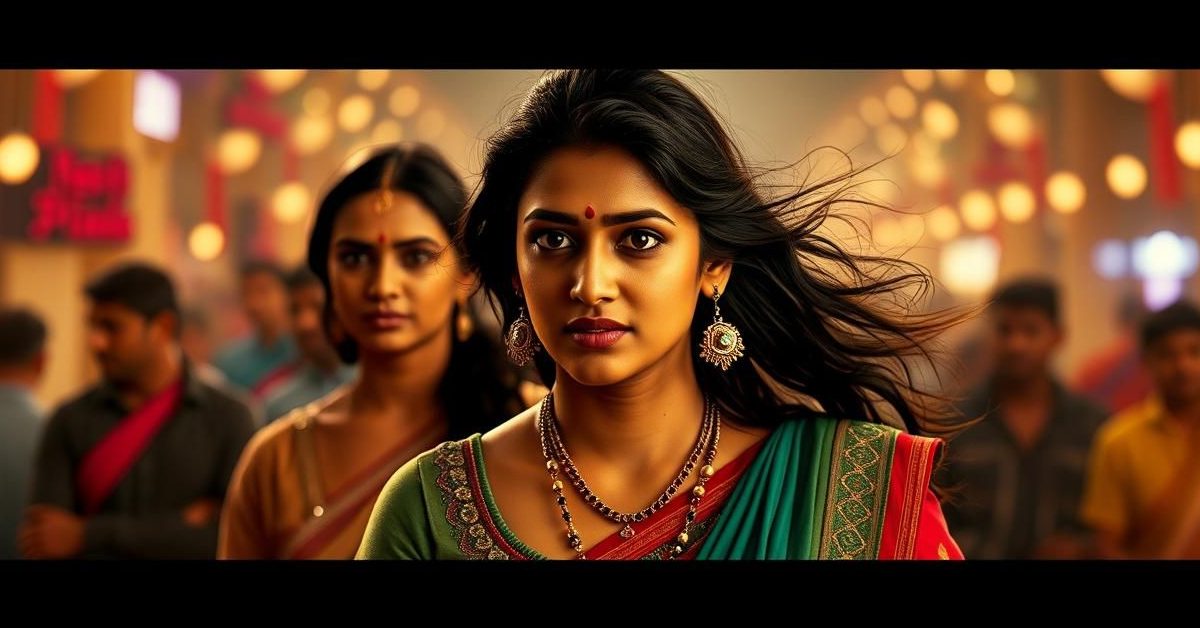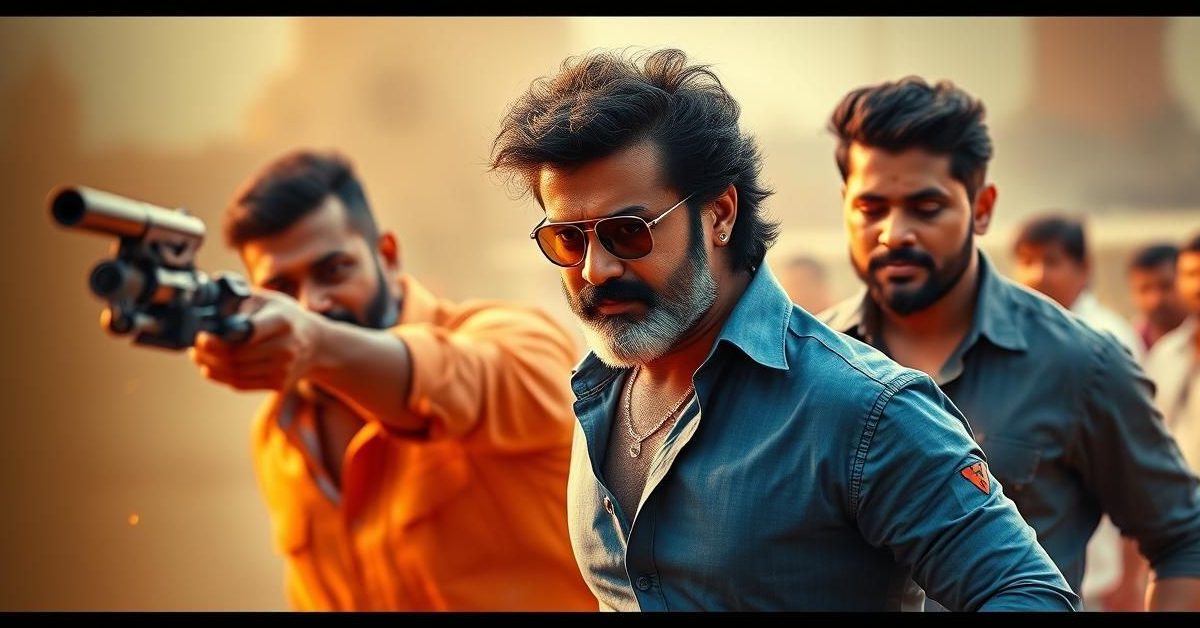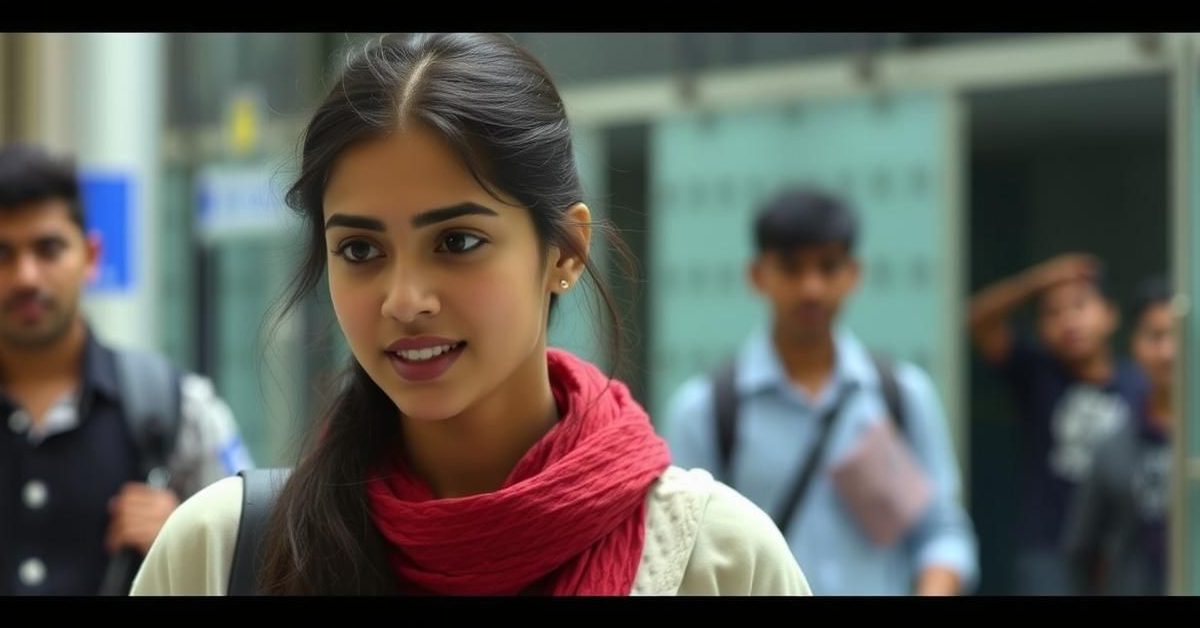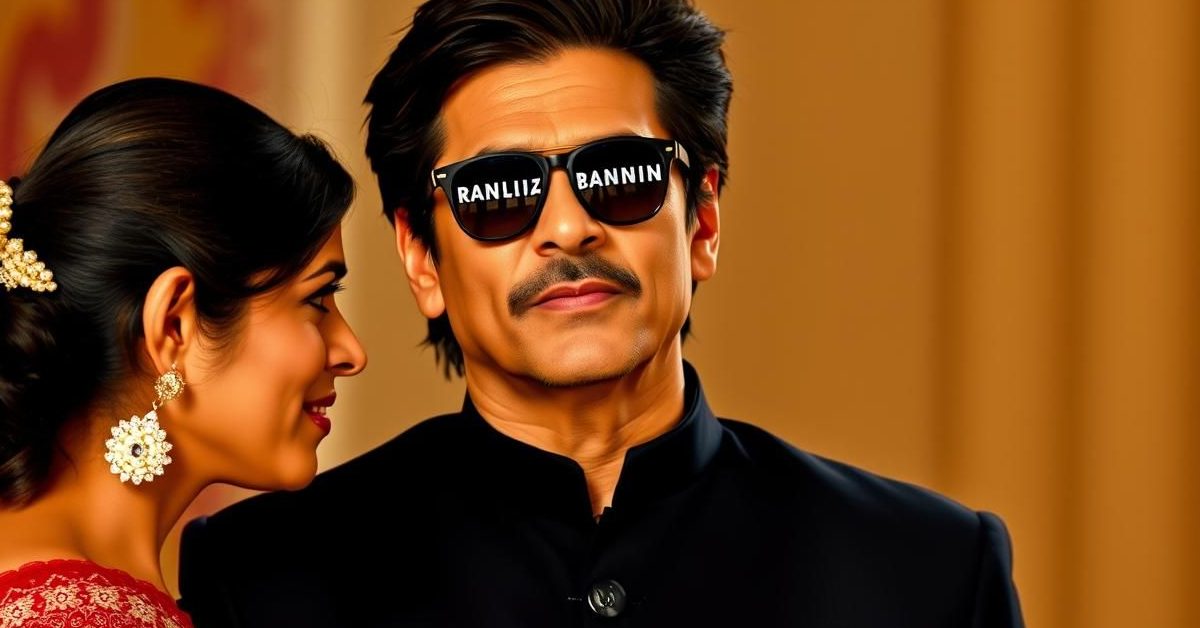Filmmaker Sudhir Mishra reveals his profound, subconscious connection to Guru Dutt’s cinematic genius, seeing his films as timeless moments that deeply resonate and even shape his own creative vision.
A Filmmaker’s Lifelong Inspiration
For Sudhir Mishra, Guru Dutt’s films are not just intellectual exercises but a series of moments that resonate at various points in his life, helping him understand himself better. He describes his relationship with Dutt as subconscious, noting that once Dutt’s films entered his mind, they never left.
Mishra feels that Dutt’s influence has drawn him towards exploring characters on the margins, a theme evident in his own work. He views Dutt as a poet who collaborated with other poets, like Sahir Ludhianvi, to create enduring cinematic masterpieces.
Revolutionary Portrayal of Women
Guru Dutt’s depiction of women stands out for its depth and lack of condescension. Sudhir Mishra highlights Chhoti Bahu, played by Meena Kumari in Sahib Bibi Aur Ghulam (1962), as a powerful example.
Chhoti Bahu is portrayed as a woman locked within, yet bursting with desire and sensuality, eager to explore the world. Dutt’s female characters are not ashamed to express their deeper desires and are treated with the same complexity as his male characters, reflecting a remarkable understanding of human nature.
Crafting Cinematic Poetry
Dutt’s unique ability to almost rewrite scripts while filming created an ambiance that went beyond mere dialogue. He could transform mundane lines or a simple lament into something profoundly poetic, making Chhoti Bahu, for example, a powerful metaphor.
His mastery extended to shooting songs, which transcended their lyrical meaning. ‘Waqt Ne Kiya Kya Haseen Sitam’ from Kaagaz Ke Phool (1959) subtly foreshadows the characters’ inevitable separation. Similarly, ‘Jinhe naaz hai hind par woh kahan hai’ from Pyaasa, shot by VK Murthy, transforms into a profound visual poem, completing Sahir Ludhianvi’s lyrics with the camera.
The Obsessive Search for Expression
Guru Dutt was a passionate man, deeply obsessed with filmmaking and achieving the perfect shot. Mishra notes Dutt’s willingness to scrap entire films if he wasn’t satisfied, reflecting his constant search for meaning and the ideal expression of his ideas.
This relentless pursuit, often misconstrued as confusion, was his way of discovering the true essence of a scene or character. As a producer-director, he had the freedom to explore and push the boundaries of cinematic storytelling, allowing him to truly submit to his muse: the medium itself.
An Enduring Legacy
Guru Dutt’s untimely death at 39 solidified his status as a legend, a testament to the profound impact his films had. Mishra believes Dutt’s influence is present in all his own films, acknowledging his lineage while striving for his unique ‘andaz-e-bayan’ (style of expression).
Dutt was constantly discovering the medium, exploring character treatment and shot composition, culminating in masterpieces like Pyaasa. He was searching for what only cinema could express, leaving behind a body of work that continues to inspire filmmakers today.
- Guru Dutt’s films profoundly influenced Sudhir Mishra’s personal and creative journey.
- Dutt offered revolutionary, non-condescending portrayals of women, highlighting their desires.
- He transformed scripts and songs into poetic, visual masterpieces through his unique directorial vision.
- Dutt was an obsessive filmmaker, constantly searching for cinema’s true expressive power.
- His early death cemented his legacy as an enduring legend whose work continues to inspire.
